Lng Technology
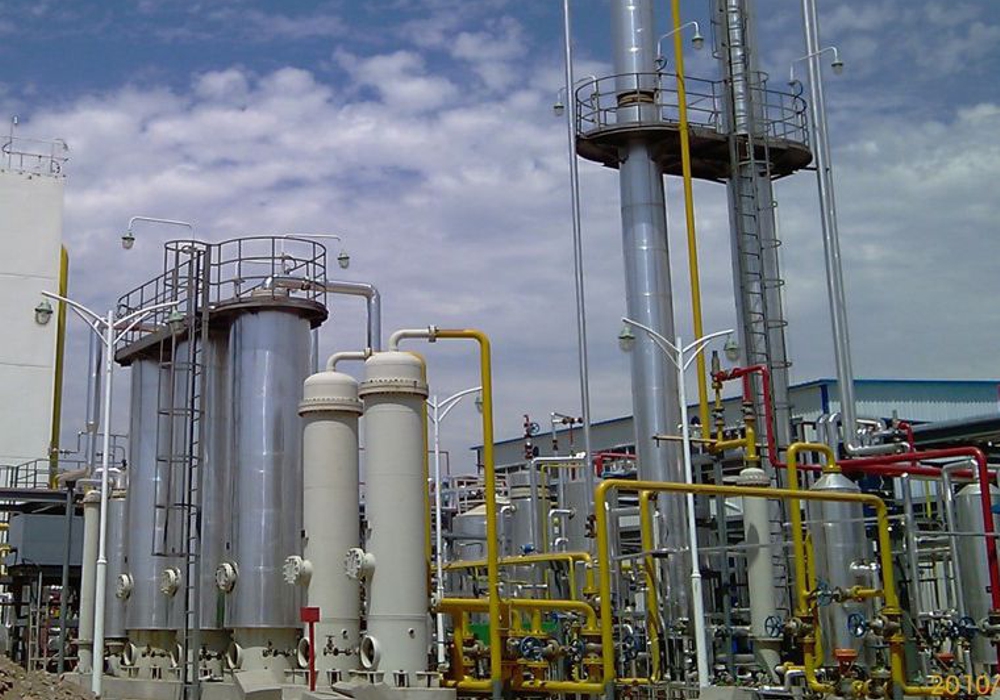
Turning Stranded Natural Gas Fields into Profit
The world has enormous quantities of natural gas, but most of it is far from where the gas is needed. To move this environmentally friendly fuel across oceans, natural gas must be converted into liquefied natural gas LNG. After arriving at its destination, LNG is vaporized (warmed) to return it to its gaseous state and delivered to natural gas customers through local pipelines. Until recently LNG plants have been built to export, by tankers, large quantities of LNG from producing nations to consuming nations, with one LNG tanker holding the equivalent of 80 to 160 million cubic meters of gas.
With the advent of the fracking technology, the North American natural gas production is higher than the demand. This oversupply situation might be temporary, due to a mild winter and to bottlenecks in the distribution system;however, many stranded natural gas reserves are and might remain under-exploited for some time.
Modular and mid-size LNG plants, such as the ones offered by EAJV, that can process the production of such stranded gas fields appear as a very viable solution which can be implemented very rapidly.
EAJV will help you turn stranded natural gas into profit.
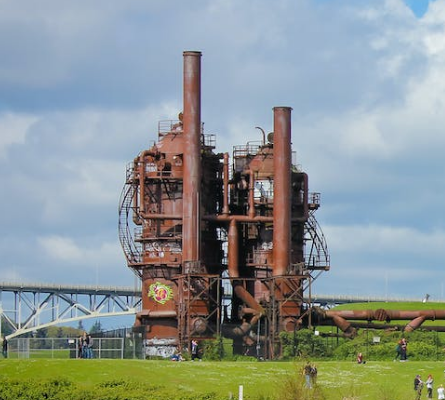
Skid-Mounted Small-size LNG Plants
For stranded natural gas fields where the reserves are rapidly depleted as is the case with many shale gas fields, EAJV has designed and made available for the North American market a series of skid-mounted modular LNG plants with a capacity starting at 50,000 Nm3/day.
Such skid-mounted LNG plants can be easily dismantled and moved to other gas fields when one is depleted. This approach eliminates the requirement for expensive pipeline infrastructure which often requires long environmental impact studies before implementation.
The skid-mounted, small-size LNG plant approach allows for the rapid and profitable exploitation of stranded gas fields.
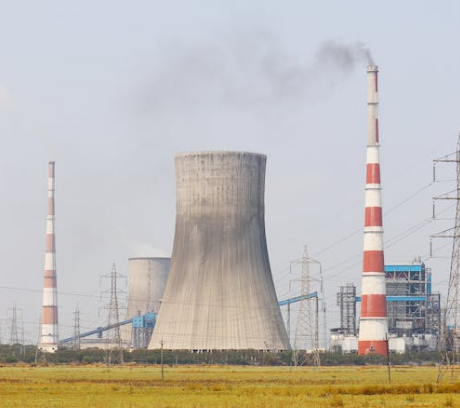
Mid-Sized LNG Plants
Typically a 1 million Nm3/day plant has the capacity to fuel 4,000 Class 8, heavy duty trucks, based on 8 hours of truck operation per day.
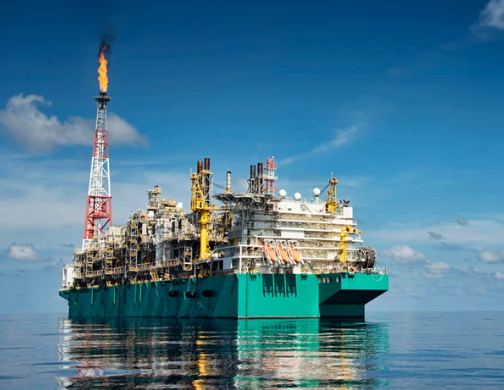
LNG Process
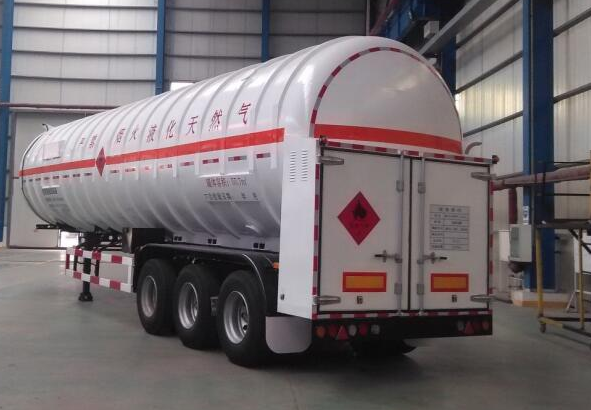
LNG as Transportation Fuel is Here to Stay
California has already a sizable LNG distribution network. According to the California Energy Commission, because of LNG’s increased driving range, it is mostly used in heavy-duty vehicles, typically the vehicles that are classified as Class 8 (33,000 -80,000 lbs. gross vehicle weight). According to Forbes (April 12), in Chongqing (China), 85% of taxis and 92% of buses are using an LNG engine. In Shanghai, Chengdu, Xi’an, Xinjiang and Hebei, these percentages are above 90%.

